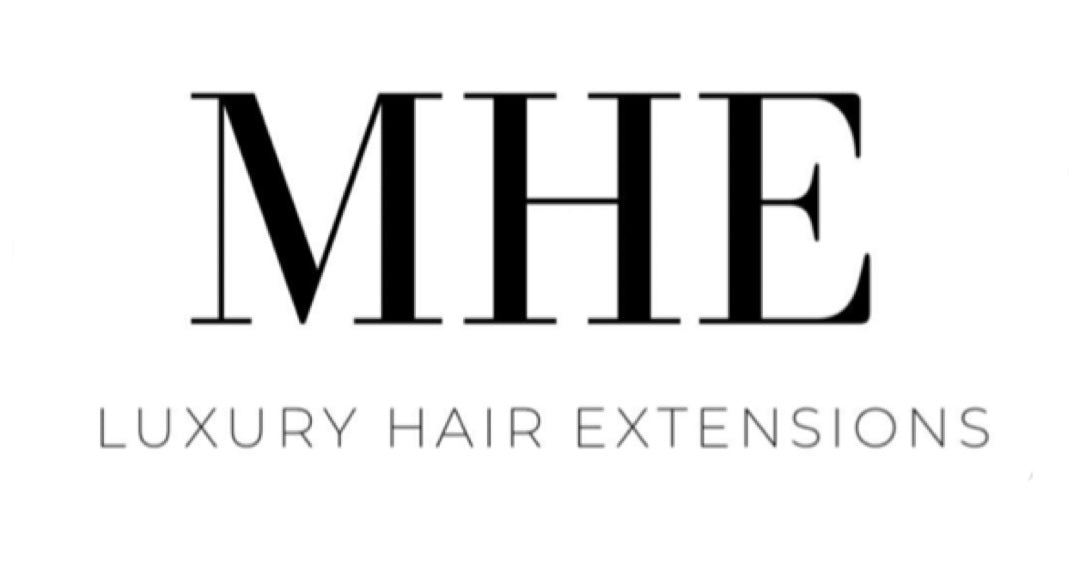Hello our beautiful Maidens!
Jessica Webb here Founder of maiden hair extensions.
I get asked this question from our clients every day and I thought what better way than to break it down for you so you have an anwser next time you are asked.
As a hairdresser, I've observed that changes in hair texture, colour, and overall health are common as we age. It's important to understand the factors that contribute to these changes so that we can effectively address them and help our clients maintain beautiful and healthy hair.
One significant factor is the natural aging process. As we get older, the hair growth cycle tends to shorten, resulting in slower hair growth. Additionally, the diameter of the hair follicles becomes smaller, which can affect the thickness and volume of the hair. Clients may also notice that their scalp becomes drier, leading to potential issues with moisture balance.
Another aspect to consider is oxidative stress. This can disrupt the hair growth cycles and decrease lipid production, causing a lack of shine, smoothness, and softness in the hair fibers. Hormonal changes associated with aging can further influence the hair's diameter, making it appear thinner. It's essential to recognise that different hair types and textures, especially coily, curly, and highly textured hair, may be more prone to dryness due to their genetic makeup and the challenges of retaining moisture.
When it comes to colour changes, the appearance of gray hair is a common concern among clients. As hair ages, the production of melanin, the pigment responsible for hair colour, slows down in the hair follicles. This results in hair becoming more transparent and appearing gray or white. It's worth noting that premature gray hair can also be triggered by major health events or shocks to the system.
From a hairdresser's perspective, it's crucial to understand the role of amino acids in melanin production. A decrease in essential amino acids like tyrosine, necessary for melanin synthesis, can contribute to changes in hair colour. Additionally, the body's reduced levels of glutathione, which helps combat oxidative stress, can further impact hair pigmentation.
Hair shedding is a natural process, and it's normal for clients to lose about 100 hairs per day. However, hormone fluctuations can lead to more noticeable hair loss. As hairdressers, we should be aware that hormonal imbalances caused by various factors, including prescription medications, diet, haircare products and practices, nutrient deficiencies, and emotional stress, can disrupt the delicate balance of hormones. This disruption can result in increased hair shedding and hair loss.
Clients going through menopause may experience changes in their hair due to drops in Estrogen and progesterone levels. Similarly, pregnancy and postpartum stages can affect hormone balance, leading to temporary hair loss. As hairdressers, it's essential to reassure clients that these changes are often reversible as hormone levels normalize.
While we can't completely halt the aging process of hair, our role as hairdressers is to guide our clients in managing these changes effectively. We can recommend appropriate haircare routines, offer styling tips, and encourage a well-balanced diet to support overall hair health. We should also emphasise the importance of stress management and, when necessary, refer clients to medical professionals who can provide further guidance. By understanding and addressing the unique needs of our clients' hair as it ages, we can help them maintain vibrant and healthy hair throughout their lives.
J x

